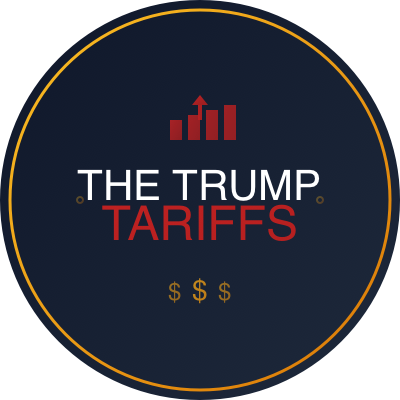NextFin news, On November 9, 2025, U.S. President Donald Trump took to his social media platform Truth Social to robustly defend his tariff strategy, simultaneously announcing a $2,000 tariff dividend for every American citizen. Speaking from Washington D.C., President Trump described opponents of his tariffs policy as “fools” and claimed that the tariffs have generated “trillions of dollars” in government revenue, enabling this unprecedented direct cash payout to citizens. This announcement comes amid Trump's second term and ongoing efforts to pursue economic nationalism through protectionist trade measures.
The context of this policy stems from Trump's administration’s aggressive tariff impositions on key trade partners, a hallmark of his first term now deepened since his inauguration in January 2025. The tariffs primarily target imports from China, the European Union, and other strategic regions to protect U.S. manufacturing and encourage domestic production. By monetizing these tariffs into direct dividends, Trump aims to tangibly demonstrate the benefits of his trade strategy to the American populace ahead of the 2026 midterm elections.
Critically, the funding model for the $2,000 dividend relies on elevated tariff revenues, which have surged due to sustained high tariff rates on billions of dollars worth of imports. Trump's rhetoric frames the tariff dividend as a form of wealth redistribution from foreign producers to U.S. citizens. The message is clear: tariffs are not merely protectionist tools but vehicles for economic empowerment of everyday Americans.
However, the economics community and trade analysts remain sharply divided on the wisdom and long-term effects of this policy. While some acknowledge that tariffs can protect vulnerable manufacturing sectors and generate government income, others warn this could exacerbate inflationary pressures, elevate consumer prices, and trigger retaliatory trade measures from affected countries. This could potentially impair U.S. export competitiveness and strain global supply chains.
Empirical data from recent quarters does confirm an increase in tariff-generated government income, with U.S. Customs and Border Protection reporting revenues in the tens of billions monthly, far exceeding pre-2025 levels. Allocation of these funds to direct payments represents a novel fiscal approach, diverging from traditional tariff uses such as balancing trade deficits or funding enforcement agencies.
Looking ahead, this strategy could embolden further populist trade policies, especially if the dividend payments succeed in rallying public support. Yet, economists caution that sustained tariffs can induce distortions in market prices and consumer behavior. Inflation in consumer goods, particularly imported raw materials and finished products, could offset dividend gains, disproportionately impacting lower-income households despite the cash infusion.
Moreover, international trade relations may deteriorate as key partners view the tariff redistributions as punitive or protectionist, potentially amplifying retaliatory tariffs or trade barriers. This heightens the prospect of trade wars that could destabilize key sectors such as agriculture, automotive, and technology. The Trump administration’s approach thus risks increased geopolitical friction with long-standing allies and rivals alike.
Politically, President Trump’s combative stance labeling tariff critics as “fools” underscores his commitment to an assertive economic nationalism platform, contrasting sharply with more globalist or free-trade oriented policymakers in the U.S. and abroad. This rhetoric aims to solidify his base by framing tariff opposition as out-of-touch elites disconnected from American workers' interests.
In conclusion, President Trump's $2,000 tariff dividend initiative marks a significant escalation in U.S. protectionism by introducing direct citizen payouts funded by tariff receipts. While the policy may yield short-term political capital and tangible benefits for recipients, it risks fueling inflationary pressures and complicating international trade diplomacy. Economic stakeholders must closely monitor consumer price metrics, trade balance shifts, and diplomatic responses in the coming months to fully ascertain the broader impact and sustainability of Trump's tariff dividend strategy.
According to CNBC TV18, this announcement is unprecedented in scale and vision, positioning tariffs not only as trade tools but as sources of direct fiscal benefits to Americans, signaling a potentially transformative approach to U.S. trade and economic policy under President Donald Trump’s leadership in 2025.
Explore more exclusive insights at nextfin.ai.

